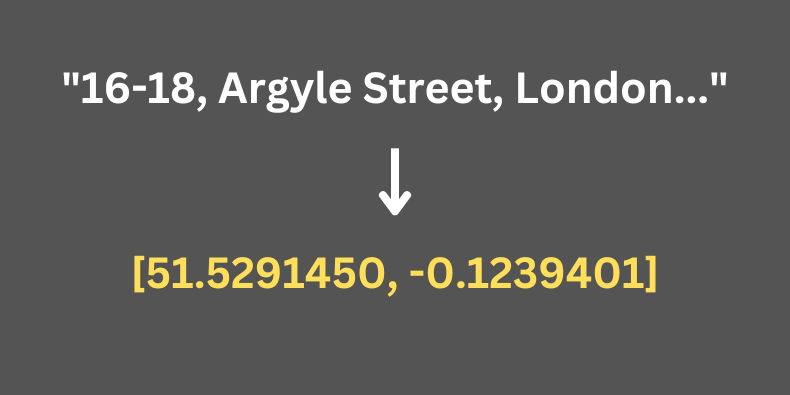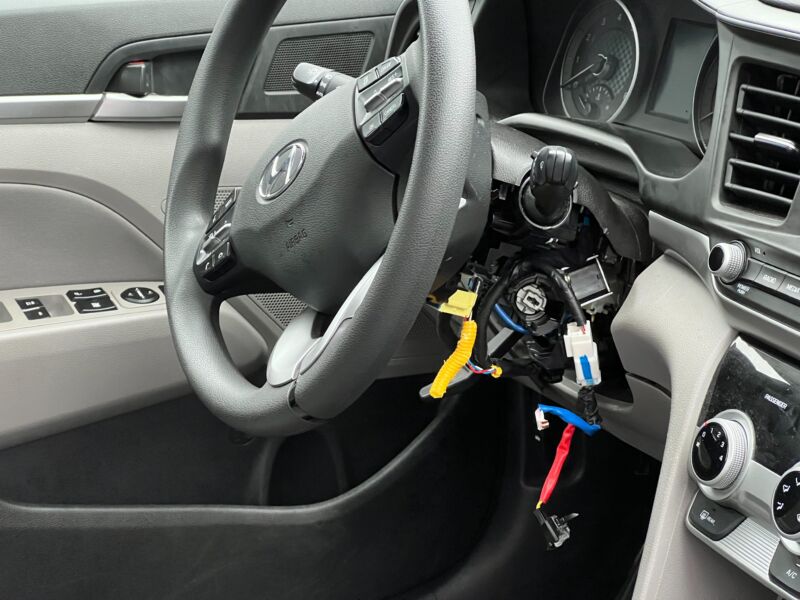https://media.babylonbee.com/articles/63f4fb283283363f4fb2832834.jpg
CAPERNAUM — Town officials are concerned after receiving multiple complaints from faculty at Galilee’s School for the Blind this week after Jesus of Nazareth apparently went on a healing spree and decimated the school’s enrollment.
“We were set to have an all-time high in our number of students enrolled,” said Rabbi Ananias Ben Josef, administrator of the school. “Come to find out, this carpenter — from that Nazareth ghetto of all places — strolled through Capernaum and started healing blind people left and right! We’ve got less than half of our original enrollment now! How am I supposed to pay overhead costs when I have hardly any students?”
Witnesses throughout the town said Jesus arrived with his group of disciples late in the morning at the beginning of the week and quickly drew a large crowd. “He walked in, started mingling with some of the regular people who hang out in the market, and not long after that, we all started hearing somebody start shouting, ‘I can see! I can see!'” said one man who was present in the marketplace when the healings began. “Others started bringing more sick and blind people, and things just snowballed from there.”
The school was reportedly looking into taking legal action against Jesus for causing financial harm to the institution, but there is no law against healing blind people unless it takes place on the Sabbath.
At publishing time, Jesus and His disciples had reportedly moved on to another town, with rumored plans in place to set people free from problems even more serious than blindness.
This man is under arrest – for MANSPLAINING!
Subscribe to our YouTube channel for more guffaw-inducing chucklefests!
Babylon Bee
















